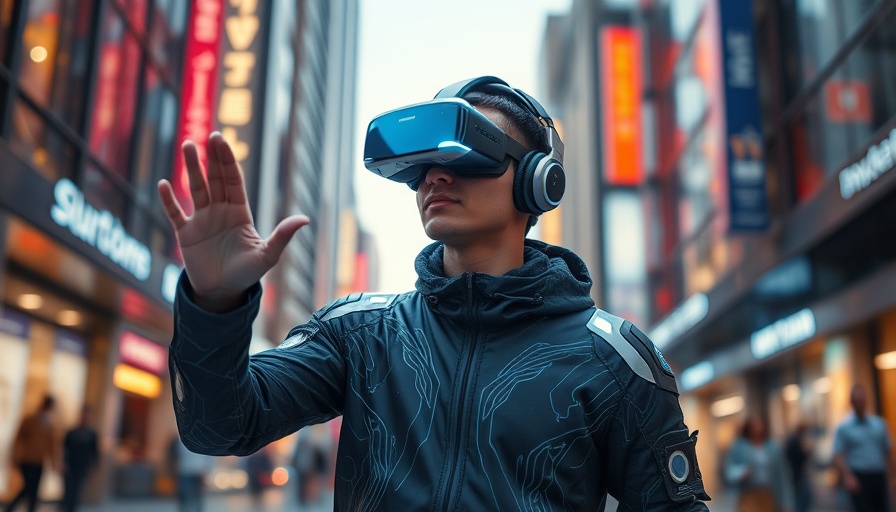
The Future of Fashion: Touchless Technology in Textiles
Imagine a world where your clothes could interact with technology just as easily as you do. A groundbreaking study from researchers at Nottingham Trent University, Helmholtz-Zentrum Dresden-Rossendorf e.V. in Germany, and Free University of Bozen-Bolzano in Italy proposes a revolutionary concept: washable touchless technology that transforms ordinary textiles into high-tech wearables. This innovation is set to revolutionize how we perceive clothing and its interaction with smart devices.
What Does This Technology Entail?
This pioneering approach utilizes tiny, flexible magnetoresistive sensors embedded within conventional braided textile yarns, allowing users to control functionalities simply by using a ring or glove with a miniature magnet. Unlike typical capacitive sensors that may suffer from accidental activation, these sensors offer a more reliable touchless interaction, giving users the freedom to operate their devices without making physical contact with the fabric.
Transforming Daily Wear and Specialized Clothing
With its ability to function underwater and in various environmental conditions, this technology opens up new possibilities for specialized clothing—think safety gear for motorcycle riders or interactive garments for gaming enthusiasts. The applications range from monitoring body temperature to controlling illumination within garments through gesture-based commands, heralding a new era of smart clothing.
Why Is This Development Important?
As electronic textiles grow in popularity, integrating technology into fashion while maintaining aesthetic appeal and functionality remains a challenge. This new touchless technology addresses these concerns, providing robust, machine-washable solutions without compromising the fabric's feel and look. It emphasizes a future where everyday clothing can seamlessly merge with digital interfaces, enhancing not only the utility but also the fashion industry.
Implications for Human-Computer Interaction
The potential impact of these innovations on human-computer interaction is profound. Clothes that allow for gesture-based control of smartphones, smartwatches, and other devices could redefine convenience and connectivity in our daily lives. Moreover, it sets the stage for interactive fashion that could engage users in entirely new ways, transforming the mundane act of wearing clothes into a rich interactive experience.
Conclusion: A New Era of Wearable Technology Awaits
The fusion of technology and textiles heralds an exciting future for both the fashion and tech industries. As researchers continue to refine these innovations, the concept of washability combined with high-tech functionality could very well lead us toward a new age of clothing—one where fashion is continuously evolving and interacting with our lives in real-time.
Stay informed about the latest trends in wearable technology and fashion innovations!
 Add Row
Add Row  Add
Add 




Write A Comment